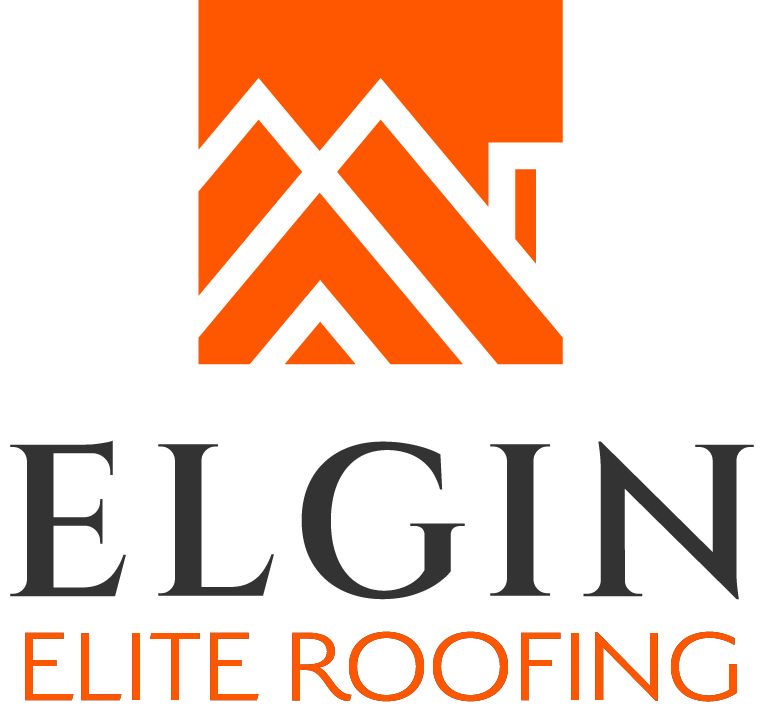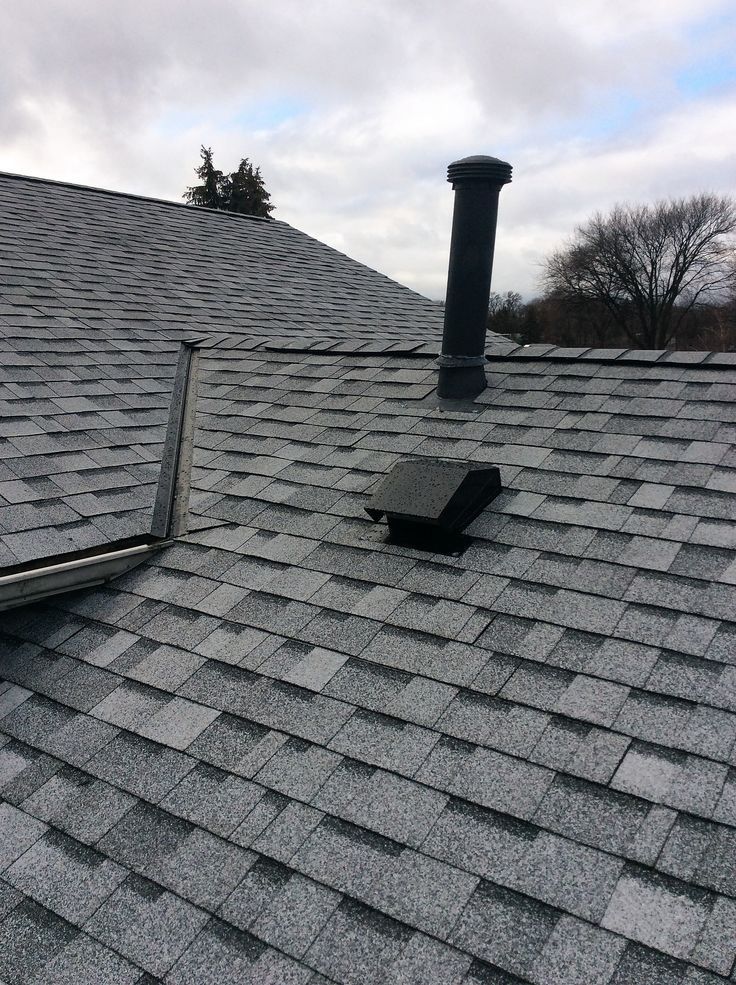Roof Ventilation Installation in Elgin, IL
At Elgin Elite Roofing, we specialize in comprehensive roof ventilation installation services that create optimal airflow systems to protect your home's structural integrity while delivering significant energy efficiency improvements. Proper roof ventilation effectively eliminates dangerous heat and moisture accumulation that can lead to ice dam formation, shingle deterioration, insulation damage, and mold growth, ultimately extending your roof's lifespan while reducing heating and cooling costs throughout the year.
Our expert installation team designs and implements precisely balanced ventilation systems that ensure consistent air circulation, maintaining ideal attic temperatures and humidity levels that keep your home comfortable, energy-efficient, and structurally sound in all seasons.
Selecting the optimal ventilation solution for your specific home requires careful consideration of multiple factors including roof design, attic size, local climate conditions, and existing airflow patterns, but our knowledgeable specialists simplify this process by conducting thorough assessments and providing clear recommendations tailored to your roof type, architectural requirements, and budget parameters. We exclusively use premium ventilation products from trusted manufacturers and employ proven installation methodologies that ensure optimal performance, weather resistance, and seamless integration with your existing roofing system.
When you choose our trusted ventilation installation services, you're investing in a solution that delivers measurable benefits including lower utility bills, improved indoor air quality, enhanced roof durability, and superior home comfort that you'll appreciate year after year. Our commitment to excellence ensures your ventilation system operates at peak efficiency from day one, providing the critical airflow management your home needs to maintain its value and protect your family's comfort.
Types of Roof Vents We Install
We install various types of roof vents to keep your attic well-ventilated. Each vent type serves a specific purpose, enhancing airflow and preventing moisture buildup. Choosing the right vent depends on your roof design and ventilation needs.
Ridge Vents
Ridge vents run along the peak of the roof. They allow hot air to escape from the attic. We install them by cutting a narrow slot along the ridge and securing a vent cover. This design keeps water out while providing continuous ventilation. Ridge vents work best when paired with soffit vents to create airflow.
They do not disrupt your roof’s appearance since they blend with the roofline. Ridge vents are effective for long, sloped roofs. We ensure they are sealed properly to avoid leaks and maintain roof integrity.
Soffit Vents
Soffit vents are placed under the eaves of the roof. Their main job is to bring cool air into the attic. We install them in a way that allows air to flow upwards and out through the ridge or other vents.
They are critical for balanced ventilation. Without soffit vents, ridge vents or other exhaust vents won’t work properly. We offer different soffit vent styles, from continuous strips to small rectangular vents, based on your home’s needs.
Gable Vents
Gable vents are installed on the gable ends of the attic. They provide both intake and exhaust ventilation depending on wind direction. We measure carefully to install them high on the gable for better airflow.
This type works well on homes without eaves or soffit vents. Gable vents are easy to install and maintain. We always ensure proper sealing to keep out rain, pests, and debris while allowing air movement.
Powered Attic Vents
Powered attic vents use electric or solar-powered fans to enhance ventilation. We install them to help remove heat faster in hot climates or poorly ventilated attics.
They are especially helpful when natural ventilation is not enough. Our team installs thermostats or humidistats with these vents so they operate only when needed. We check your attic size and roof structure before recommending this option to make sure it fits your home.
Roof Ventilation for New and Existing Roofs
Proper roof ventilation improves air flow and prevents moisture build-up. It is important to adjust vent types and placement depending on whether the roof is new or already in place.
Retrofitting Older Roofs
When working with existing roofs, we first inspect the current ventilation system. Often, older roofs have poor air flow or blocked vents.
We then add or replace vents where needed. This may include ridge vents, soffit vents, or gable vents. Our goal is to create balanced intake and exhaust paths to move air effectively.
We also check for any damage caused by moisture or heat. Fixing these issues helps extend the roof’s life. Retrofitting requires careful attention to the roof’s structure and materials to avoid leaks.
Integration with New Roofing Projects
For new roofs, we plan ventilation early in the process. This means selecting the right vent types and placing them to allow continuous airflow.
We often combine ridge vents with soffit vents for strong air movement. This helps remove heat and moisture before they can cause damage.
Our team coordinates with roof installers to ensure vents fit with shingles, flashing, and other components. This prevents issues like water intrusion or blocked vents right from the start.
Signs Your Home Needs Roof Ventilation
Common Warning Indicators
We often notice higher energy bills and uneven temperatures inside the house. Rooms upstairs can feel hotter during summer or colder in winter. This usually means heat or cold is getting trapped in the attic due to poor airflow.
You might see dark stains or mold on your roof or attic walls. These indicate moisture build-up, which happens when damp air cannot escape. Sometimes, shingles look warped or aged faster because heat is trapped under the roofing materials.
Another sign is ice dams forming along your roof edges in winter. This happens when warm attic air melts snow, which then refreezes outside. It can lead to water leaks inside the house.
Effects of Poor Ventilation
When ventilation is lacking, moisture accumulates and can damage wood framing and insulation. This leads to wood rot, weakening the roof structure over time.
Mold growth inside walls and attic spaces increases health risks due to airborne spores. It also reduces indoor air quality, which affects comfort and safety.
Poor ventilation forces your HVAC system to work harder, raising energy costs. Without proper airflow, your system cannot maintain a steady temperature efficiently.
In some cases, short roof life and costly repairs come from ignoring these signs. Proper ventilation helps prevent these issues and keeps your home safe and comfortable.
FAQs About Roof Ventilation Installation
We want to make sure you understand what to expect with roof ventilation installation. Here are clear answers to common concerns about benefits, system types, timing, warranties, permits, and assessing current ventilation.
What are the benefits of installing proper roof ventilation?
Proper ventilation helps regulate attic temperature. It prevents moisture buildup, which can cause mold and wood rot. Good ventilation also extends the life of roofing materials and lowers energy costs by reducing heat buildup.
Can you provide specialized ventilation systems for different roof types?
Yes, we offer customized ventilation solutions for various roof designs. Whether you have a flat, sloped, or metal roof, we select systems that fit your specific structure.
How long does it typically take to install a roof ventilation system?
Most installations take between one and two days. The exact time depends on roof size, type, and the ventilation system chosen.
Is it necessary to obtain a permit for roof ventilation installation?
Permit requirements depend on your local building codes. Often, small ventilation upgrades do not need permits, but larger systems might. We assist you in checking and securing any needed permits.
How can I determine if my current roof ventilation is adequate?
Look for signs like mold, ice dams in winter, or high attic temperatures in summer. We also offer inspections to evaluate your current ventilation and recommend improvements if necessary.

